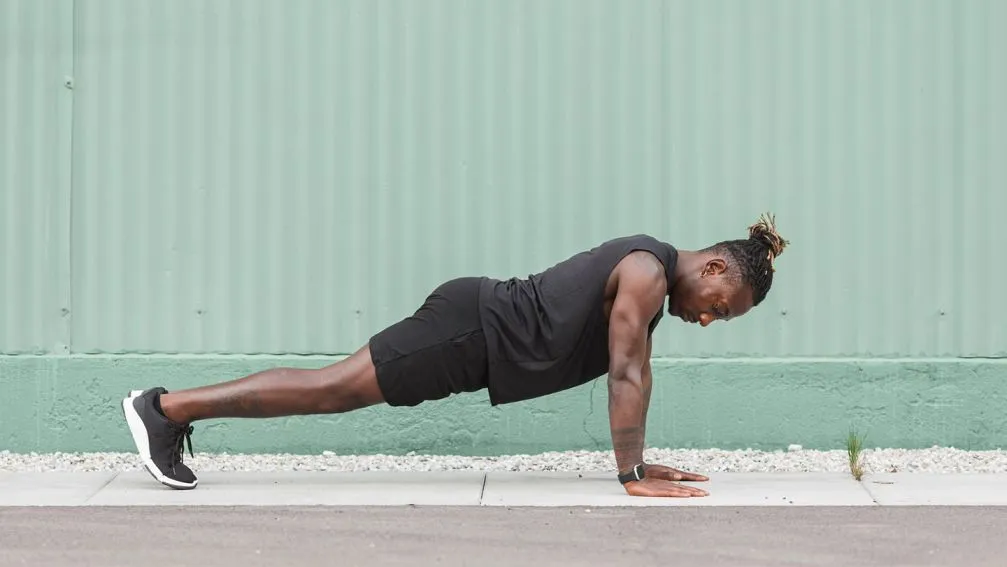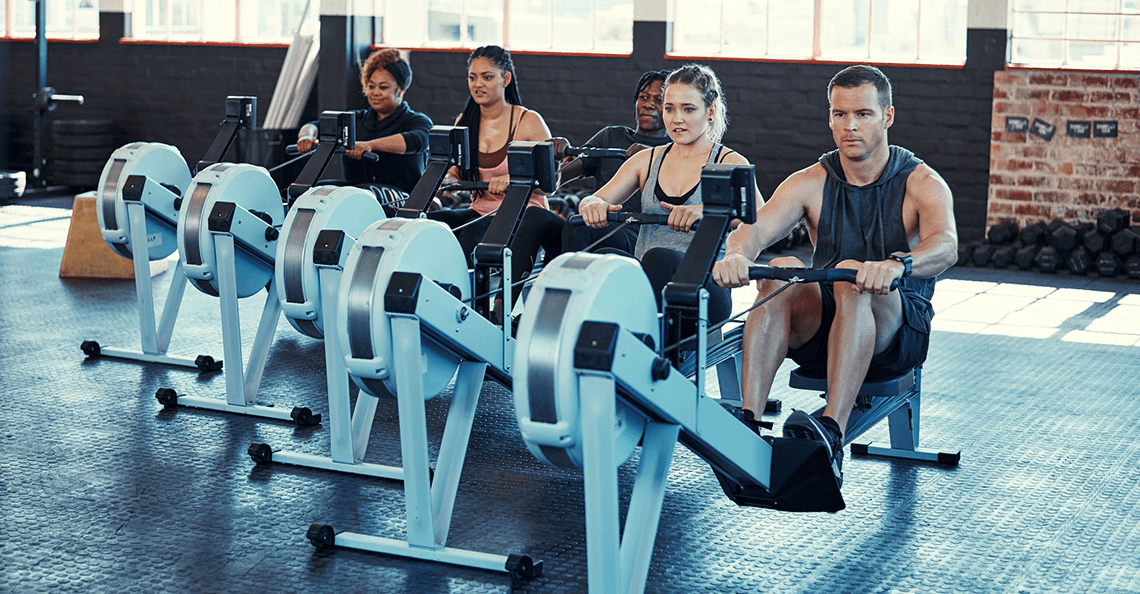
Metabolic conditioning is an exercise that can make you stronger and give you more energy. It involves different activities to help improve your fitness level and heart health.
This type of training will help you reach your goals quicker.You can do activities that challenge you both physically and mentally. Additionally, Push yourself and you can see how far you can go! Read on. You can also do strength training can help you do other activities better, like running, swimming, or biking.
What is Metabolic Conditioning?

Image Source: google.com
Metabolic Conditioning (MC) is a type of workout. It helps you get stronger, last longer, and be better at aerobic and anaerobic activities. MC can help you burn fat, build muscle and do better in sports. Physical conditioning helps make your body stronger and do better.
It typically involves using different exercises at varying intensity to keep the body constantly challenged. Examples include sprints, burpees, plyometrics, hill sprints, rope climbs, and more. Unlike traditional strength training, which usually requires equipment or machines for resistance exercises, MC does not rely on any equipment for effectiveness. How successful you are at a workout depends on how hard you work and how often you do it. For this reason, it can be done anywhere without specialized gear or equipment, such as a gym membership.
Benefits of Metabolic Conditioning

Image Source: google.com
Fitness goals can be reached faster through metabolic conditioning, a workout method that combines strength training and cardio.. It can improve physical performance, increase muscle mass, tone the body, and burn fat.
Metabolic conditioning can help you mentally too. It can make you more focused and give you more confidence. It does not matter if you are beginning or experienced. Metabolic conditioning will make sure that your body gets stronger and healthier. This training uses different exercises at different times to get results fast.
Metabolic conditioning is an exercise routine that anyone can do. You don't need any special equipment. You can exercise like squats, pull-ups, push-ups, burpees, and kettlebell swings. Metabolic conditioning mixes strength exercises with short bursts of cardio activity to keep it interesting and give your body a good workout.
Short breaks between sets help keep your body active during the whole workout. Doing exercise can help you burn more calories even after you finish. Plus, this training can make your body burn more calories for hours after you finish each session.
Types & Principles of Metabolic Conditioning
:max_bytes(150000):strip_icc()/139262939-56a2b7a23df78cf772791cd9.jpg)
Image Source: google.com
Metabolic conditioning is a type of exercise that includes strength, power, and endurance. It helps to build muscles, increase energy, and burn fat. There are two types of metabolic conditioning: aerobic and anaerobic. To get the most out of it, you need to know about these types and how they work together.
Aerobic conditioning means doing exercises like running, swimming, or biking for a long time. You use oxygen to do these exercises. Conditioning aerobic is when you do short bursts of intense exercise, with little rest between each set. Examples are sprints and high-intensity interval training (HIIT). It is about how hard you exercise, how much you do, and how often.
Intensity refers to how hard you work during each workout session. Volume is the total amount of work you do over a period of time (number of sets/repetitions). Lastly, frequency is how often you perform these workouts. Higher intensities should be used with shorter volumes and lower frequencies to reduce the risk of injury.
How to Design a Metabolic Workout
Creating a metabolic workout is a great way to get fit and healthy. It is an intense workout that combines high-intensity exercises, strength training, and aerobic exercises. That helps your metabolism work better and burns fat faster. Here are some tips for designing a metabolic workout:
- Choose the right exercises. To maximize the metabolic benefits of your workouts, it is important to choose exercises that use multiple muscle groups throughout the body. Exercises like squats, burpees, and jumping jacks are good choices for this type of workout.
- Mix up your intensity levels. To keep your body challenged, vary your intensity levels throughout the workout. Incorporate sets of higher intensity exercises followed by sets with lower intensity for recovery.
- Keep track of time. Timed intervals are key in creating a successful metabolic workout routine; so make sure you pay attention to how long you’re doing each exercise and track it accordingly.
- If you want to get in shape, do the same exercise routine every day. That will help you see results. Being consistent is very important!
- Doing metabolic conditioning to stay fit, it is important to do it correctly. Otherwise you won't get the best results. Avoid making mistakes.
- Not warming up correctly. Before you exercise, it is important to warm up your body. Do dynamic movements like jumping jacks, light jogging, and skipping. Then do some stretches that don't involve moving around. That will help get your body ready for activity.
- Doing too much too soon. When you’re just starting out with metabolic conditioning, don’t be tempted to jump in with both feet and try to do more than your body can handle. You can start slowly and build gradually from there.
- Forgetting about nutrition. Eating the right foods is important if you want to do physical activities. Foods high in protein and fatty acids will help give you energy for your workouts.
- Focusing on one type of exercise. Metabolic conditioning is when you mix various exercises up, like cardio, strength training, and interval training. It's essential to switch it up so your body gets challenged in different ways.
Conclusion:
Metabolic Conditioning is a good way to get into shape and stay healthy. It can help you be stronger, faster, and have more energy. Before you start, talk to your doctor to ensure it's right for you. Ask a coach or trainer if you need help getting started so that you can be successful but still stay safe.
Written by – Kuldeep
.


